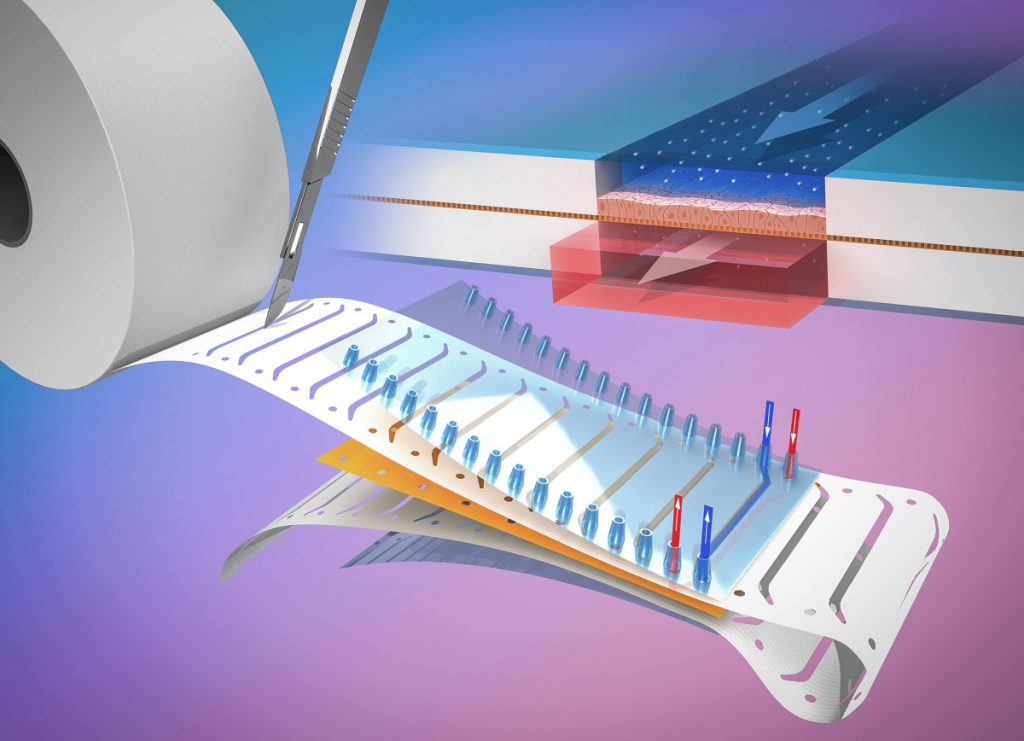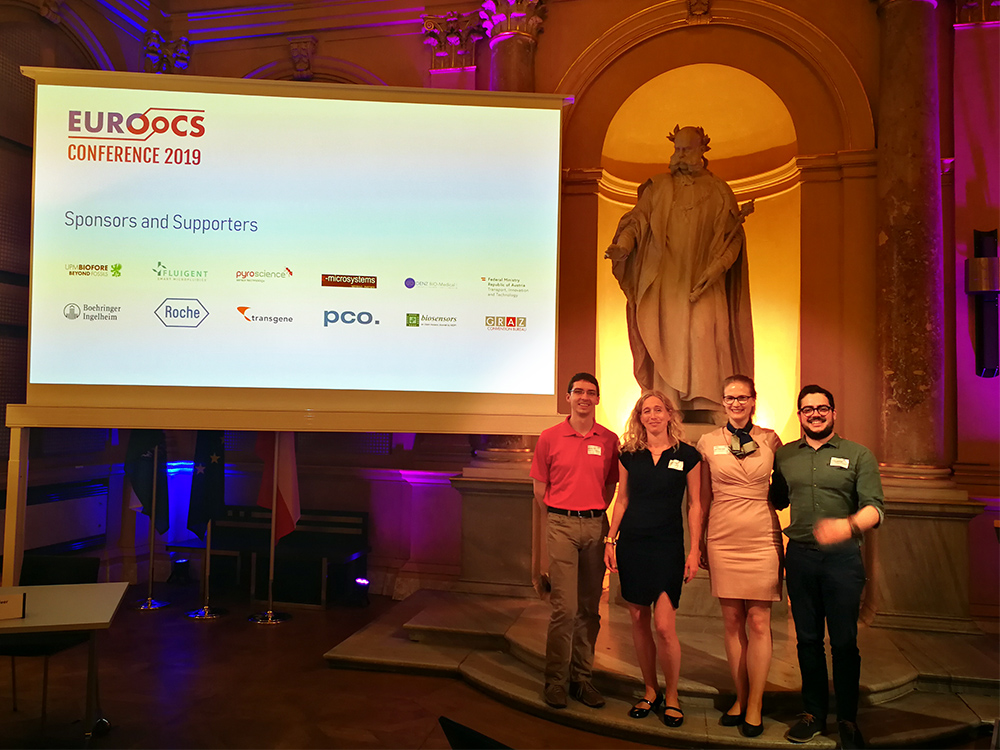Prof. Anna Herland was one of the awardees of the Wallenberg Academy Fellows Prolongation Grant 2020 by the Knut and Alice Wallenberg Foundation for her work on “brain-on-a-chip” models. Congratulations Prof. Herland!
Link to research description on Wallenberg Foundation website

